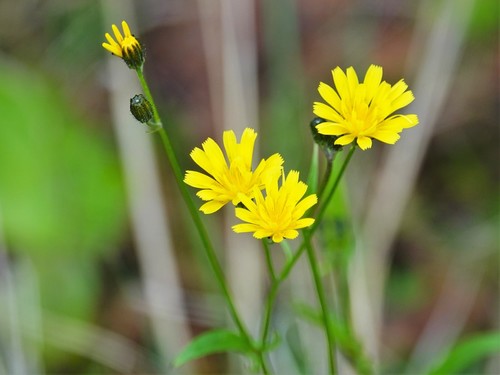Introduction
A tumbling compost bin, often called a compost tumbler, is one of the fastest and cleanest ways to make nutrient-rich compost at home. By simply spinning the drum, you aerate the pile and keep decomposition active—without the need for heavy lifting or turning with a fork. Tumblers are designed for gardeners who want quick results with minimal mess.
What It Is & Why It Works
A compost tumbler is a sealed, rotating drum mounted on a frame. Organic waste is loaded inside, and with a few spins each week, oxygen circulates through the pile. This speeds up microbial activity, generates heat, and results in finished compost more quickly than stationary methods.
Who It’s Best For
- Best for: Gardeners who want faster compost with little effort and a neat, contained system.
- Not ideal for: Large-volume composting or those on a very tight budget, as tumblers cost more and hold less material.
Pros & Cons
- Pros: Easy to aerate by spinning, heats up quickly, no mess on the ground, pest-resistant, compact and tidy for small yards or patios.
- Cons: More expensive than stationary bins, limited capacity, and works best when you compost in batches rather than adding scraps daily.
Essential Setup Tips
- Placement: Place in a sunny spot to help the pile heat up.
- Batch loading: Fill the tumbler until it’s about 3/4 full, then stop adding new scraps so the batch can decompose evenly.
- Moisture: Keep contents as damp as a wrung-out sponge. Add water if too dry, or browns if soggy.
- Spin frequency: Rotate the tumbler 3–4 times per week to aerate and redistribute material.
What to Add (and Avoid)
Greens (Nitrogen): Fruit/vegetable scraps, coffee grounds, tea bags, fresh grass clippings.
Browns (Carbon): Shredded cardboard, dry leaves, straw, small wood chips.
Avoid: Meat, fish, dairy, oils, large woody materials, and pet waste. These cause odor, pests, or slow the process.
Step-by-Step: Using a Compost Tumbler
- Load materials: Add alternating layers of greens and browns until the tumbler is about 75% full.
- Check moisture: Squeeze a handful; it should feel like a damp sponge. Adjust with water or dry material as needed.
- Spin regularly: Rotate the bin 3–4 times per week to keep oxygen flowing.
- Pause additions: Once full, stop adding scraps and let the batch break down.
- Harvest: After 2–3 months (in warm weather), finished compost will be dark, crumbly, and earthy smelling.
Maintenance Schedule
| Task | Frequency | Notes |
|---|---|---|
| Spin the tumbler | 3–4× weekly | Keeps pile aerated and speeds decomposition. |
| Check moisture | Weekly | Add water or browns as needed for balance. |
| Monitor heat | Ongoing | A warm pile (55–65°C) indicates active composting. |
Troubleshooting
- Bad odor: Too many greens or too much moisture. Add dry browns and spin more often.
- Too dry/not decomposing: Sprinkle water and add more greens to reactivate microbes.
- Clumpy mass: Break apart with a garden fork before spinning to improve aeration.
How Long Until Compost Is Ready?
In warm conditions with proper balance and regular spinning, finished compost can be ready in 2–3 months. Cooler weather or poor balance can slow the process to 4–6 months.
How to Use the Finished Compost
- Garden beds: Spread 2–3 cm as a top-dressing or mix into soil before planting.
- Potted plants: Blend 10–20% into potting soil for added nutrients.
- Mulch: Apply around perennials to conserve moisture and enrich soil.
Quick Summary
The compost tumbler is a fast, efficient, and tidy way to compost. With weekly spins and proper greens-to-browns balance, you can create garden-ready compost in just a few months—without the mess or pests of open piles.









